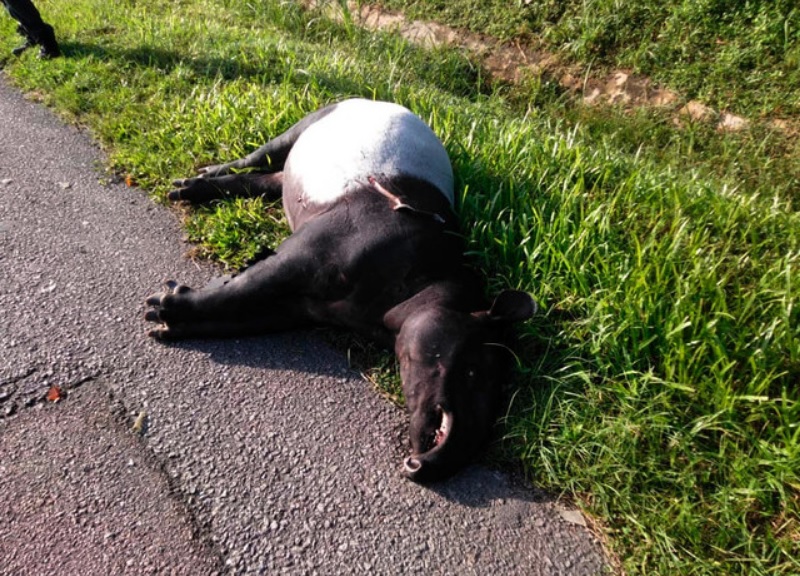NO, I am not referring to people killed on our roads, which numbered 6,443 in 2023 and around the same figure last year. Much has already been written, discussed and proposed on road safety measures. Still, it is largely business as usual, with minimal changes.
Roadkills are animals killed on the road by vehicles. Decades ago, I drove on the many trunk roads that crisscrossed the peninsula to sightsee our jungles, farms, villages and towns. Then, it was uncommon to spot carcasses even when there were many more animals in the wild.
I learned the word ‘roadkill’ only while driving across Australia in 1982. My journey started from Perth, drove down south to Albany, then eastwards across the vast Nullarbor Plain to Adelaide before heading to Canberra and ended at Sydney, a leisurely trip that took more than a week.
The roads in the Australian outback were littered with roadkills. Although I did not see any vehicles colliding with or rolling over an animal, many vehicles were fitted with kangaroo or bull bars. At one time, it was popular for some new vans sold in Malaysia to be fitted with kangaroo bars.
In the 1970s and 1980s, I often spotted snakes slithering across the road in housing and rural areas, but not whenever my wife was in the car. Until today, she did not get the chance to witness this, and I could not recall when was the last time I saw one except in the year 2001.
While driving south along the Elite Highway, I realised there was something big lying on the road between the emergency and inner lanes only after I had driven past the exit to Putrajaya.
It was then very early morning and dark, and the highway lighting could only illuminate stretches nearby. What I initially thought to be a heap of tyres was actually a huge coiled-up python. For sure, motorcyclists would be terrified. I have no idea what happened to the giant snake later.
The number of domesticated animals killed on our roads have steadily decreased over the years. Stray dogs have learned to cross busy roads, patiently waiting until there is a break in traffic. But cats are not so smart, often sprinting as fast as they could, and sometimes they ran out of luck.
But free range and feral chickens have honed their instincts and skills needed to survive. They have steadily evolved and gained intelligence to stay away from the path of vehicles and not become easy meat for domesticated or wild cats, monitor lizards, snakes and other predators.
When driving in Malaysia’s countryside, it is common for motorists to spot wild monkeys near jungle fringes or monitor lizards where there are wetlands, and sometimes their carcasses. Sadly, a total of 2,336 wild animals have become roadkills between 2020 and 2024.
The top five animals killed were monitor lizards (548), macaques (487), wild boar (329), civet species (326) and cat species (118). For endangered species, they were Malayan tapir (112), sun bear and black panther (nine each), Asian elephant (six) and Malayan tiger (four).
Are we proud that the world’s oldest continuously surviving rainforests, dating back over 130 million years, are located in Malaysia?
But it is hollow pride if we do nothing and allow what is left of our virgin jungles to be cut down unabated, and drive animals away from their natural habitat. ‒ May 28, 2025
YS Chan is master trainer for Mesra Malaysia and Travel and Tours Enhancement Course and an Asean Tourism Master Trainer. He is also a tourism and transport business consultant.
The views expressed are solely of the author and do not necessarily reflect those of Focus Malaysia.
Main image: Malay Mail









